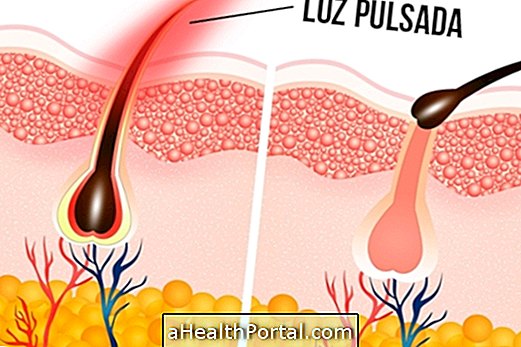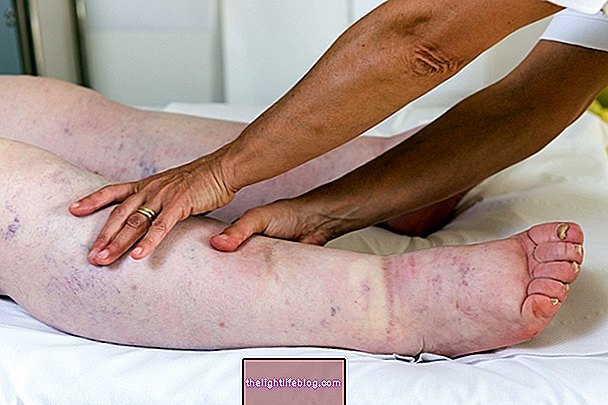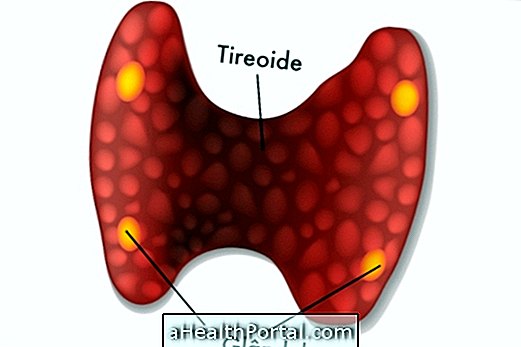Scientifically, photodepilation consists of the elimination of body hair through the use of light rays and, therefore, may include two types of treatment, which are pulsed light and laser hair removal. However, photodepilation is often linked only to pulsed light, differentiating it from laser hair removal.
The use of pulsed light helps to slowly destroy the cells that produce the hair, as this type of light is absorbed by the dark pigment of the hair. Once absorbed, the light causes an increase in the temperature in the place, weakening the cells. As the technique only works on hair that is directly attached to the cells, which happens only in 20 to 40% of body hair, it may take up to about 10 sessions of photodepilation to reach all cells and obtain the definitive elimination result from the hair. fur.

What is the price of treatment
The price of photoepilation may vary according to the clinic selected and the equipment used, however the average price is 70 reais per area and session, being more economical than laser hair removal, for example.
What areas can be removed
The use of pulsed light provides better results on light skin with dark hairs and can be used on almost all parts of the body, especially the face, arms, legs and groin. Other more sensitive areas, such as the inner part or the eyelids, should not be exposed to this type of epilation.
Difference between photodepilation and laser hair removal
Considering that photoepilation refers only to the use of pulsed light, the main differences in relation to laser hair removal include:
- Power of the devices used: the type of light used in laser hair removal is more powerful than the pulsed light from photodepilation;
- The result of the results: the results of the photodepilation take longer to appear, because while in laser hair removal the cell that produces the hair is destroyed almost immediately, in photodepilation the hair grows weaker until it stops appearing;
- Price: Generally, photodepilation is more economical than laser hair removal.
To improve results in both cases, it is important to avoid waxing during treatment, since complete removal of the hair hinders the passage of light to the cell that produces the hair.

Who should not take photoepilation
Although light-pulsed photodepilation is a very safe technique because it uses a potency that does not damage the skin, it should not be used by people with vitiligo, tanned skin or skin infections, as a local darkening or bleaching may occur.
In addition, people who use skin sensitivity enhancement medications, such as teenagers who use acne products, should not do this type of hair removal at the site being treated.
Main risks of treatment
Most photodepilation sessions do not produce any type of complication, especially when done by trained professionals. However, photoepilation can always bring some risks such as:
- Burns;
- Scars on the skin;
- Dark spots.
Usually these risks can be avoided, and it is advisable to consult a dermatologist before starting the photodepilation treatment.
Learn more about how these risks can be avoided.


























